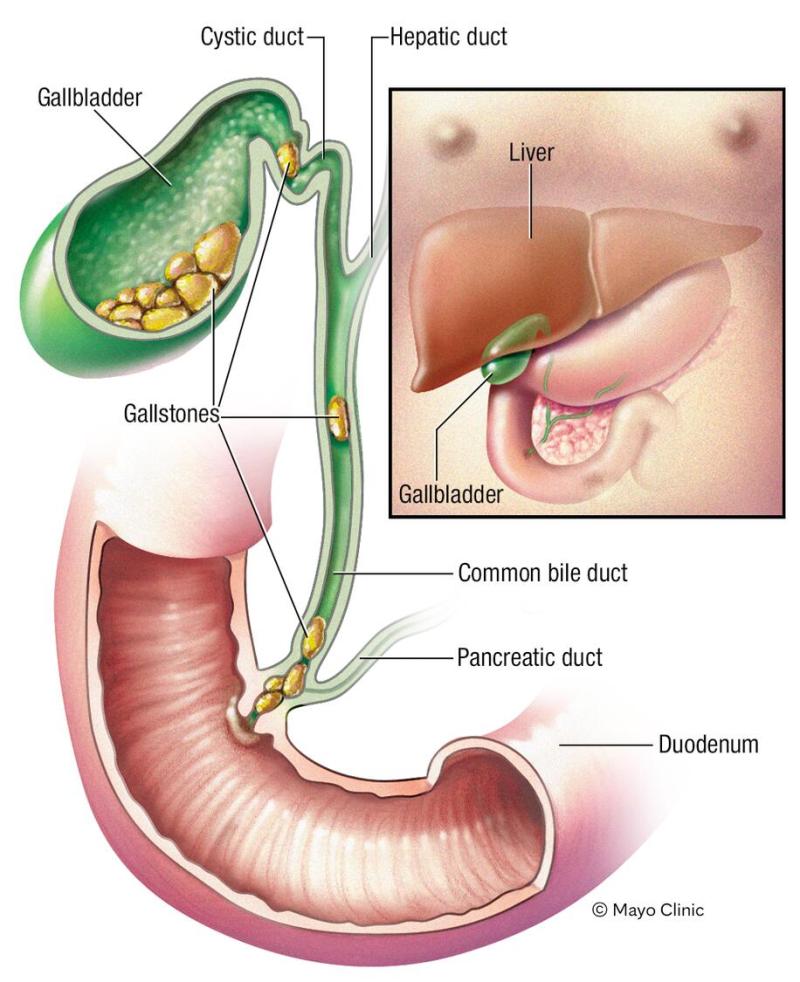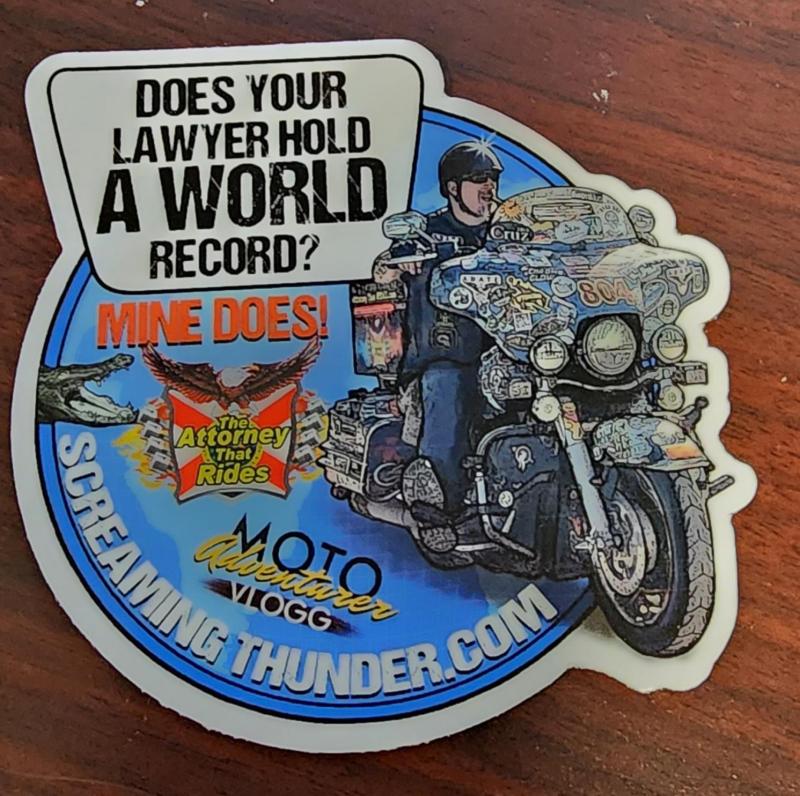What Happens When You Have Your Gallbladder Removed – Your gallbladder is a small organ in your abdomen. The abdomen is the area in the middle of your body that contains many organs, including your stomach and gallbladder.
The gallbladder collects and stores a fluid called bile that helps your body break down food. Small hard deposits called stones form in the gallbladder. This is a normal situation. If your gallstones are causing health problems, doctors may perform surgery to remove them. For example, if your gallbladder is not working properly and you have pain, you may need surgery. Your doctor will discuss this issue with you.
What Happens When You Have Your Gallbladder Removed
In the past, doctors would make a large incision (incision) in the stomach to remove the gallbladder. This is called open surgery. Today, doctors can perform this surgery with small instruments and many small incisions. This is called laparoscopic surgery because the main tool is called a laparoscope (“LAP-uh-ruh-scope”). Minimally invasive surgery is a general term used for surgeries performed with small instruments.
Laparoscopic Gallbladder Removal
Gallstones are often the cause. These small, hard deposits form in the gallbladder. They can also enter the bile duct, which connects the gallbladder to the intestines.
If there are other people in your family, you may have gallstones. Doctors do not have a consistent method to prevent gallstones.
Your doctor may order a test called an ultrasound. It shows the inside of the body using sound waves. You are awake during the examination and it is not painful.
If more testing is needed, a test called a computed tomography or HIDA scan may be needed. A HIDA scan uses dye injection to show how well the gallbladder and bile ducts are working.
Gallstone Removal Without Surgery
Cholecystectomy is often the best treatment for gallbladder problems. You can find some relief by changing your diet. For example, consuming less fat may help. However, gallstones rarely go away on their own.
You may have heard of treatments designed to remove or dissolve (dissolve) gallstones. Unfortunately, they often don’t work very well.
Since it is the most common type of gallbladder surgery, laparoscopic gallbladder removal may be the right choice for you. This option may not be available in the following cases:
Ask your family doctor or other healthcare professional if this surgery is right for you. You should also see a surgeon who is trained and qualified in laparoscopic gallbladder surgery. They will help you decide.
Gallbladder Removal Surgery (cholecystectomy) Patient Information From Sages
You need a complete physical examination. You may need some tests to make sure you are healthy enough for surgery.
The surgeon performing the laparoscopic gallbladder removal will discuss the risks and benefits of the surgery with you. You will sign a form stating that you understand and agree to the transaction. The surgeon’s office will tell you what to do and what to avoid before surgery. Exact instructions will depend on your surgeon, but here are some general guidelines.
You need someone to take you home after surgery. You also need someone to stay with you at night. Ask your doctor or nurse how much help you need.
You will be given general anesthesia for laparoscopic removal of your gallbladder. This means you will be asleep during the operation. After surgery, the surgeon closes the incisions with small stitches, staples, surgical tape, or glue. They disappear during treatment, so the doctor does not need to remove them later.
Cholecystectomy (gallbladder Removal)
While you sleep, the surgeon will make an incision near your abdomen and insert a small device called a port. The port creates an opening that your surgeon can use to fill the abdominal cavity with gas. This creates space to work. They then insert a small camera through the port. The camera in the operating room shows the operation on the screen. Once the surgeon can see clearly, he or she places more ports to accommodate longer, narrower instruments. Finally, they will gently separate your gallbladder and remove it through one of the incisions. Most operations require 3 or 4 incisions, but some require more.
Your surgeon may use a surgical robot to perform your surgery. This is done as described above. The doctor controls the robot instead of manually guiding the instruments. This is colloquially called robotic surgery.
Special x-rays of your gallbladder and bile ducts may be taken during surgery. This x-ray can detect gallstones in the common bile duct. If you have these, your surgeon may need to perform additional procedures during surgery. Or you may need another procedure to remove them later.
It is important to know the doctor’s training and experience before surgery. Ask about our experiences with laparoscopic cholecystectomy and open gallbladder surgery.
Laparoscopic Gallbladder Surgery Video
Some people’s gallbladder cannot be removed laparoscopically. If you are one of these people, you can have open surgery. Some reasons to consider or switch to open surgery include:
If the surgeon decides on open surgery, this is not a complication (problem). It will vary if open surgery is the safest option for you. Your surgeon may not know until the laparoscopy begins. They will use their best judgment regarding the safest operation for you.
You can return to your normal activities within a week. Complications are problems that occur during or after medical care. Most people who have their gallbladder removed laparoscopically have few or no complications.
Complications of laparoscopic gallbladder removal (cholecystectomy) are rare. These include bleeding, surgical site infection, hernias, blood clots, and heart problems. A hernia is a small piece of bowel (bowel) or other tissue that protrudes through the muscle covering it.
When Do I Need My Gallbladder Removed? Symptoms To Look Out For
You should also know that any surgery carries the risk of damage to other parts of the body. Not very likely, but possible. Gallbladder surgery may damage nearby areas such as the common bile duct, colon (large intestine), or small intestine. In such a case, you may need another operation. Even after gallbladder surgery, bile leaks into the abdomen.
Most complications after gallbladder surgery are rare, meaning they never occur. If you are concerned about possible complications, consult your surgeon.
You can go home on the day of surgery or spend the night in the hospital. Drink fluids before going home.
You will feel some pain after the surgery. Cuts and abdominal pain are common. You may also have shoulder pain. This is due to the air injected into the abdominal cavity during surgery. Shoulder pain should go away within 24-48 hours.
Laparoscopic Gallbladder Removal Surgery
You can use over-the-counter painkillers unless your doctor tells you to. Acetaminophen (Tylenol) and ibuprofen (Advil®) are examples of over-the-counter pain relievers. Applying ice to the cut may also help. Ask your doctor or nurse about the best way to use ice.
Your surgeon may prescribe a small amount of narcotic medication to relieve pain. Most people recover from surgery without needing sedation, but some people need sedation for several days. If you have questions about post-operative pain, ask your surgeon or nurses. They should be able to tell you how long the pain will last and what to expect.
You may experience stomach pain (nausea) or vomiting (vomiting) after surgery. Surgery and anesthesia can cause this condition. You should feel better after a day or two. Tell your doctor or nurse if you are experiencing persistent vomiting or nausea.
You should be as active as your body is. Doctors recommend walking. You will be able to climb stairs on the day of surgery. The next day, bandages can be removed and a bath can be taken. You may feel better every day after you go home. If not, call your doctor.
What Happens When Your Gallbladder Removed? By Shyamal Surgical Hospital
If you are doing strenuous physical activity, ask your doctor when you can return to work. If you are not using narcotic pain medication, you can drive 24 hours after anesthesia.
If you had open surgery with a large incision, you will need more time to heal. You may need to stay in the hospital for a few days after surgery. Expect to return to full activity within 4-6 weeks. You can also slow down healing in other ways. Your doctor can tell you what to expect.
This brochure aims to provide an overview of the operation. It is not intended to replace professional medical care or a discussion between you and your surgeon about the need for surgery. Specific recommendations may vary among healthcare professionals. If you have questions about the necessity of surgery, your options, payment or insurance coverage, or the surgeon’s training and experience, do not hesitate to ask the surgeon or office staff. If you have questions about surgery or follow-up,
What happens when the gallbladder is removed, what happens if your gallbladder is removed, what happens after your gallbladder is removed, what to expect when you have your gallbladder removed, when should you have your gallbladder removed, what happens when gallbladder is removed, what happens when you have gallbladder removed, what happens when your gallbladder is removed, what happens when you get your gallbladder removed, what happens after you have your gallbladder removed, gallbladder removed what happens, what happens if you have your gallbladder removed








